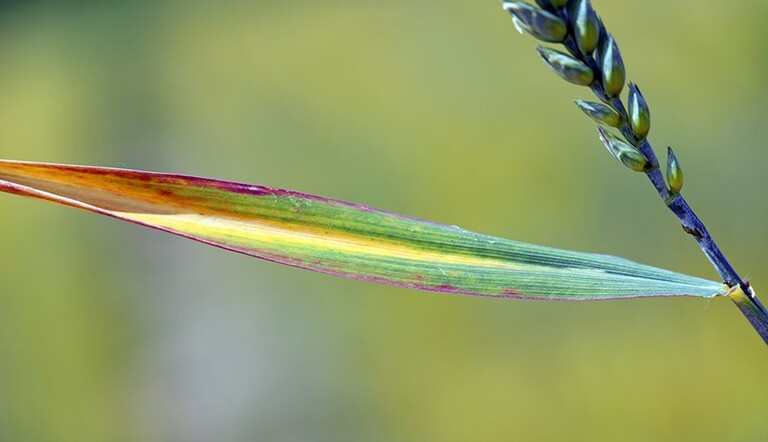
Early drilled cereals at higher risk to BYDV infection

That’s the warning from Dr Bill Lankford, Herbicides and Pesticides Technical Specialist at ADAMA, who explains that drilling in warmer conditions could exacerbate the level of risk.
“Bird cherry–oat aphid (Rhopalosiphum padi) begin migrating in early September, with peak flights typically spanning from late September to late October,” Dr Lankford explains. “Therefore, any growers who remain determined to drill winter wheat and winter barley in September must be prepared to take the necessary steps to hinder the establishment of aphids and thereby minimise the area of BYDV infection.”
Green bridge destruction and the retention of attractive habitats for beneficial insects are also important for integrated pest management (IPM).
“Late drilling is arguably the most effective IPM technique, but where crops have been drilled early, the application of an insecticide which is not only less detrimental to populations of beneficial insects, but which will also remain effective in warm early autumn weather will be required.”
Where cereal colonising aphids are active and have reached the threshold to necessitate the application of an insecticide, Dr Lankford explains that it is preferable to use a pesticide with a lower residual impact on beneficial organisms so that populations of natural aphid predators such as Ground and Rove beetles can recover more quickly.
“Where a pyrethroid-based insecticide is deemed to be the most appropriate mode of action, MAVRIK (240 g/litre tau-fluvalinate) is the ideal choice as it not only provides fast-acting contact control but has also been proven to have a lower residual impact on beneficial insects compared to other pyrethroids,” Dr Lankford explains.
“This reduced toxicity enables beneficial organisms to recover more quickly after crops have been sprayed, therefore ensuring there’s a strong population of predators ready and able to overcome any subsequent influxes of aphids.”
Trials carried out in Germany also indicate that, at temperatures of 15°C and above, MAVRIK is more effective versus grain aphids than lambda cyhalothrin CS, giving better results in terms of rapidity of knockdown and ultimate mortality.
“This improved activity at higher temperatures is the result of the spatial shape and chemical composition of tau-fluvalinate – a Type I pyrethroid – which makes it more stable and therefore more effective at higher temperatures compared to Type II pyrethroids such as lambda cyhalothrin,” Dr Lankford concludes. “This inherent stability also makes tau-fluvalinate less susceptible to metabolic resistance within target organisms, further adding to its efficacy and long-term sustainability.”

Dr Bill Lankford, Insecticides and Herbicides Technical Specialist at ADAMA UK.


BYDV symptoms in a young crop of wheat.